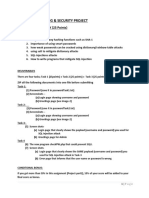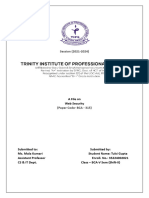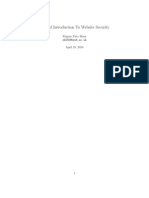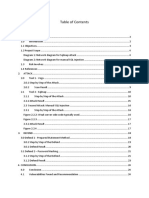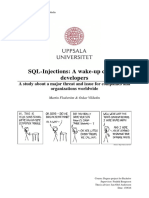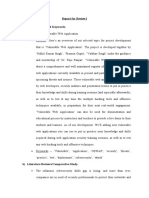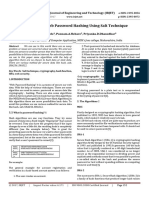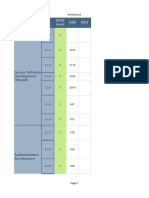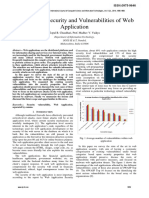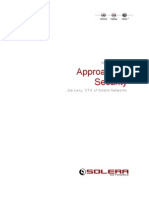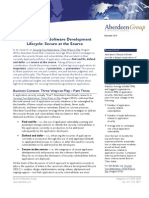0% found this document useful (0 votes)
19 views7 pagesFSS Assignment
The lab report from Bahir Dar Institute of Technology covers various software security vulnerabilities, including client-side data manipulation, SQL injection, password security, and cross-domain security. It highlights the risks associated with each vulnerability, demonstrates methods of exploitation, and emphasizes the importance of secure coding practices and validation techniques to mitigate these risks. The report concludes that strong security measures, such as server-side validation, proper password hashing, and secure cross-domain configurations, are essential for protecting web applications.
Uploaded by
yefeco6136Copyright
© © All Rights Reserved
We take content rights seriously. If you suspect this is your content, claim it here.
Available Formats
Download as DOCX, PDF, TXT or read online on Scribd
0% found this document useful (0 votes)
19 views7 pagesFSS Assignment
The lab report from Bahir Dar Institute of Technology covers various software security vulnerabilities, including client-side data manipulation, SQL injection, password security, and cross-domain security. It highlights the risks associated with each vulnerability, demonstrates methods of exploitation, and emphasizes the importance of secure coding practices and validation techniques to mitigate these risks. The report concludes that strong security measures, such as server-side validation, proper password hashing, and secure cross-domain configurations, are essential for protecting web applications.
Uploaded by
yefeco6136Copyright
© © All Rights Reserved
We take content rights seriously. If you suspect this is your content, claim it here.
Available Formats
Download as DOCX, PDF, TXT or read online on Scribd
/ 7







